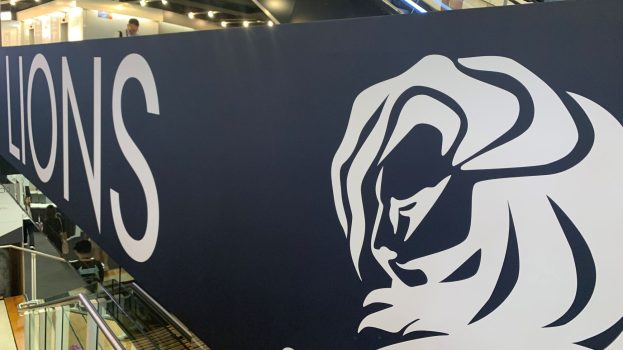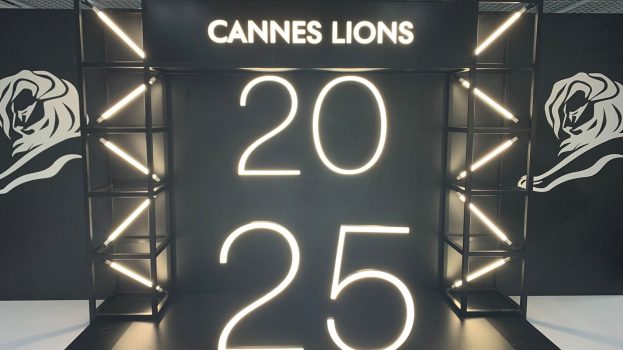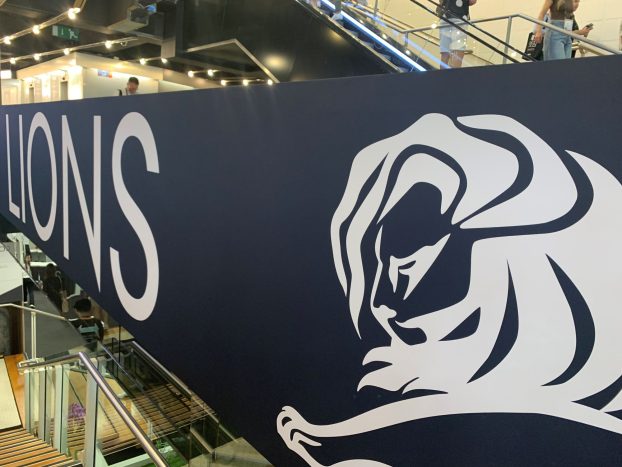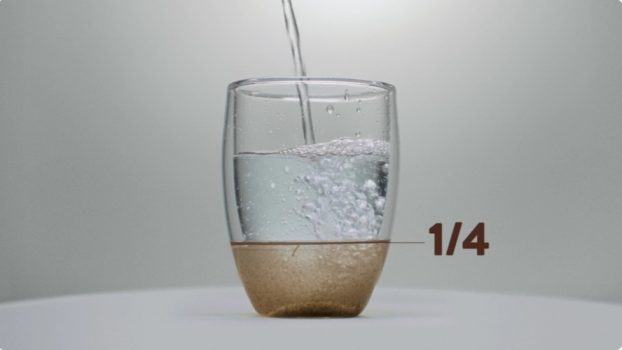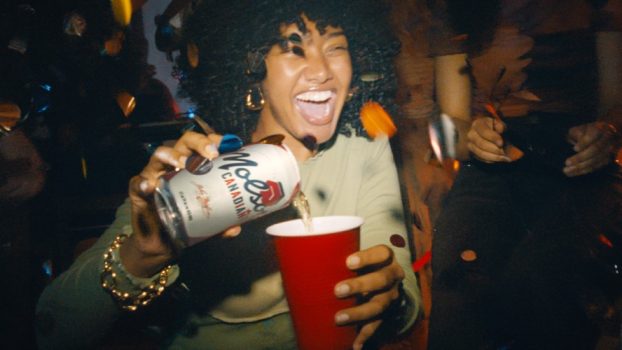Also in this report:
Advertising with a string attached: p.24
Kool-Aid in touch with consumers: p. 25
Brands heighten desire: p.30
Incentive debit card coming to Canada: p. 30
‘Drink it. Get it.’ is the slogan for Pepsi Stuff, Pepsi-Cola Canada’s most extensive incentive program to date.
The program rewards regular Pepsi drinkers with Pepsi merchandise through a points accumulation system where drinkers can collect ‘Pepsi Points’ and exchange them for products ranging from t-shirts to mountain bikes.
The objectives of the program, set for launch at the beginning of May, are to increase sales and reinforce Pepsi’s brand image, according to Jeff Lobb, vice-president of marketing at Pepsi-Cola Canada in Toronto.
Rewarding heavy drinkers is important, says Lobb, because 78% of Pepsi sold is consumed by a core of 18% of consumers.
This is even more significant considering that this core group chooses other flavor brands 40% of the time, according to Lobb.
The goal of the program is to encourage current Pepsi drinkers to drink the carbonated beverage more often. Secondly, because there a number of ‘switchers’ out there, the program can act as ‘a tie-breaker,’ creating new loyal Pepsi drinkers.
Equally important to driving volume, says Lobb, is reinforcing Pepsi’s image of youth, active-living, and fun, all important attributes to the brand’s primary target market.
‘Pepsi’s primary target market continues to be people between 12 and 34 years old, with the heaviest consumers being those in their teens and twenties, with a creative bullseye around 18-year-olds,’ according to Lobb.
The program covers a broader range, however, because Pepsi is available in a take-home pack, for family consumption, or in single serve, which traditionally attracts a younger consumer.
The nature of the products being given away – and the celebrities endorsing the program – are consistent with Pepsi’s youthful image.
Products include cd cases, duffle bags, sunglasses, beach towels, ball caps, bandannas, and mountain bikes, each bearing the Pepsi logo.
On the celebrity front, model Cindy Crawford appears in the product catalogue wearing a Pepsi sweatshirt, professional football and baseball player Dionne Sanders sports the leather jacket, and tennis star Andre Agassi wears a the jean jacket.
‘[Pepsi Stuff] has an image component so it works well on an advertising front,’ explains Lobb, adding the program gives the company ‘a pronounced point of difference’ relative to its competition.
Points acquired from specially marked Pepsi, Diet Pepsi, and Pepsi Max products can be redeemed for prizes featured in the Pepsi Stuff catalogue.
For example, a 600ml Quick Slam bottle of Pepsi is worth one point, while ‘The Cube’ (a case of 24 cans) is worth 10 points.
Redeeming 25 points entitles the Pepsi consumer to a set of two kick sacks (small beanbags used in a game popular with teens) silk-screened with the Pepsi logo, while 1,400 points can be redeemed for a leather jacket with Pepsi snaps.
The logo appears on all merchandise except for the Sony Discman.
Lobb insists that the presence of the logo is not to have walking Pepsi advertisements, but simply to reward consumers.
‘If the logo could be done in a cool and tasteful way, then great; if it couldn’t, we wouldn’t force feed it,’ he says.
The Pepsi Stuff catalogue, produced by Toronto marketing and communications agency, Capital C, will be distributed through retail channels, including mass merchandisers, grocery, convenience and drug stores.
Display units with appropriate point-of-purchase advertising will be placed in stores at or near Pepsi product shelves.
Catalogues will appear in every issue of PopLife, Pepsi’s direct marketing magazine geared toward teens, and smaller versions of the catalogue will be dropped into cube cases.
In addition, Pepsi will also dip into its list of competitive users and direct mail them information on the program.
Consumers can also call a special 1-800 number to ask for a catalogue.
Trade incentives, such as contests and in-store giveaways, will also be used to promote the program.
Pepsi Stuff will be advertised nationally on television and radio, with outdoor advertising providing support on a tactical basis.
It will be promoted to the trade via Pepsi’s national salesforce.
bbdo in New York developed the television spots as well as some promotional copy.
J. Walter Thompson, which handles the majority of Pepsi’s account service and creative, is responsible for secondary media including radio, outdoor, and some transit advertising.
Media buying is being handled by McKim Media Group, the media buying division of bbdo.
The nature of the creative is in line with Pepsi’s youthful image, according to Lobb.
One commercial features musician John Lee Hooker playing the blues and acquiring Pepsi Stuff as a cure for his woes.
A second spot shows a teenager preparing for school, getting dressed in Pepsi merchandise.
While it is too early to predict results, Lobb says Pepsi Stuff is another example of the company’s ‘absolute commitment to innovation.’
He says the program builds on earlier initiatives such as the Pepsi Taste Patrol and PopLife.
Lobb says he is confident in the success of the Pepsi Stuff program because the company has the critical mass needed to ensure that the product is readily available anywhere in the country and because the program is founded on rigorous data Pepsi has about its users.
The biggest challenge, according to Lobb, was not having a track record.
‘We have to make a lot of assumptions and test them and do everything possible to ensure the [program meets its financial targets,]’ says Lobb.
The program runs until October, 1996.
If results are positive, says Lobb, the program will run again in 1997.

